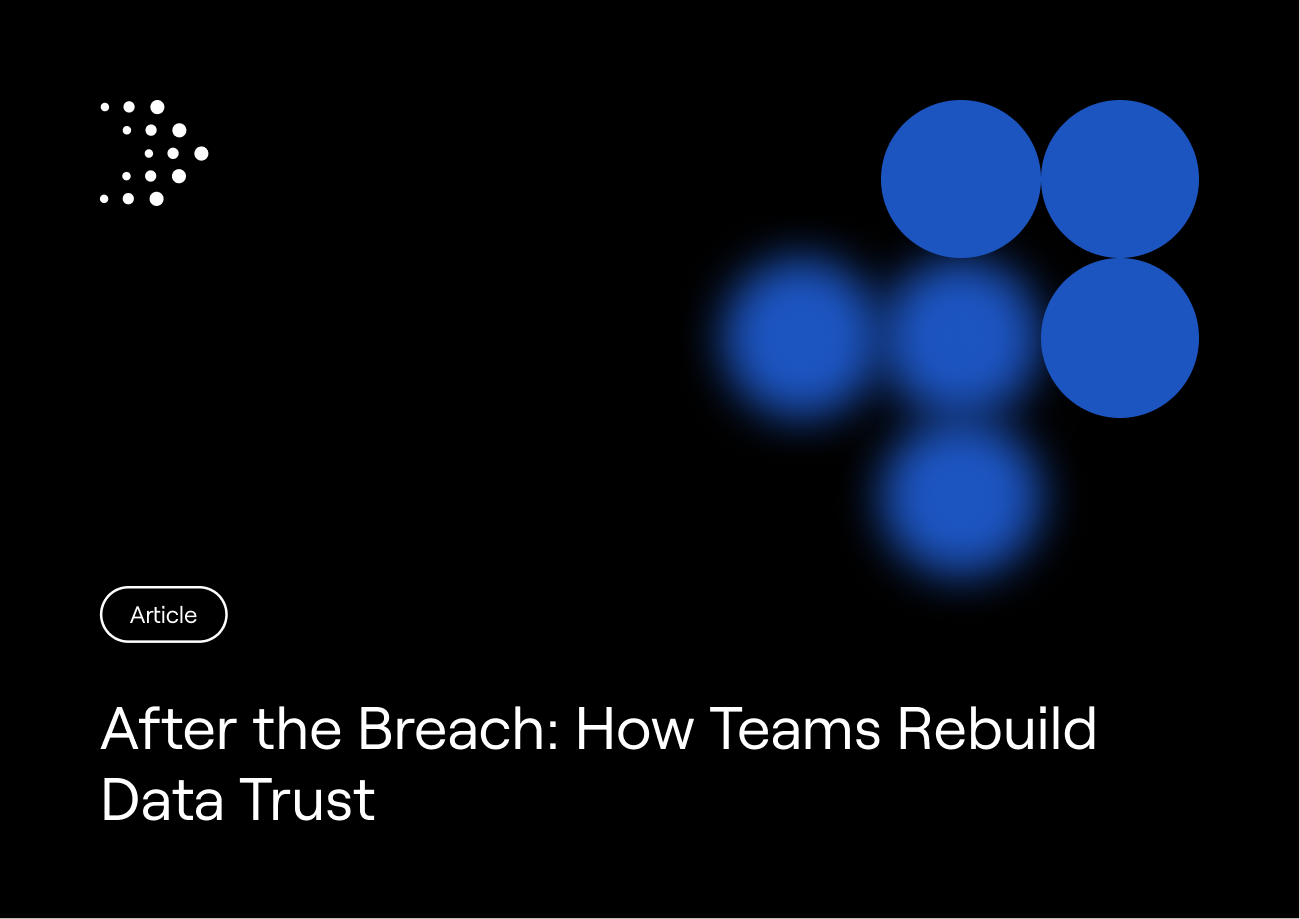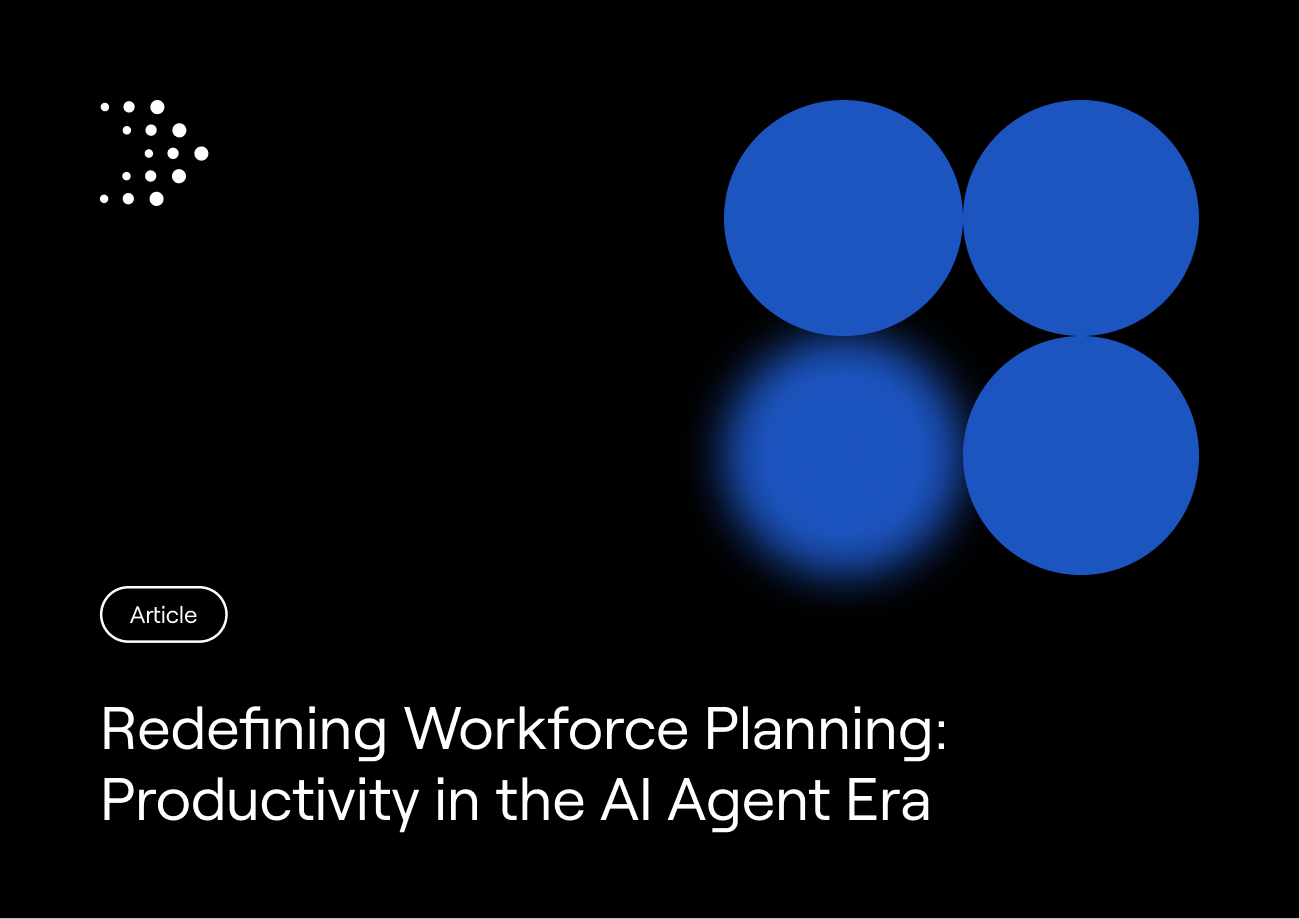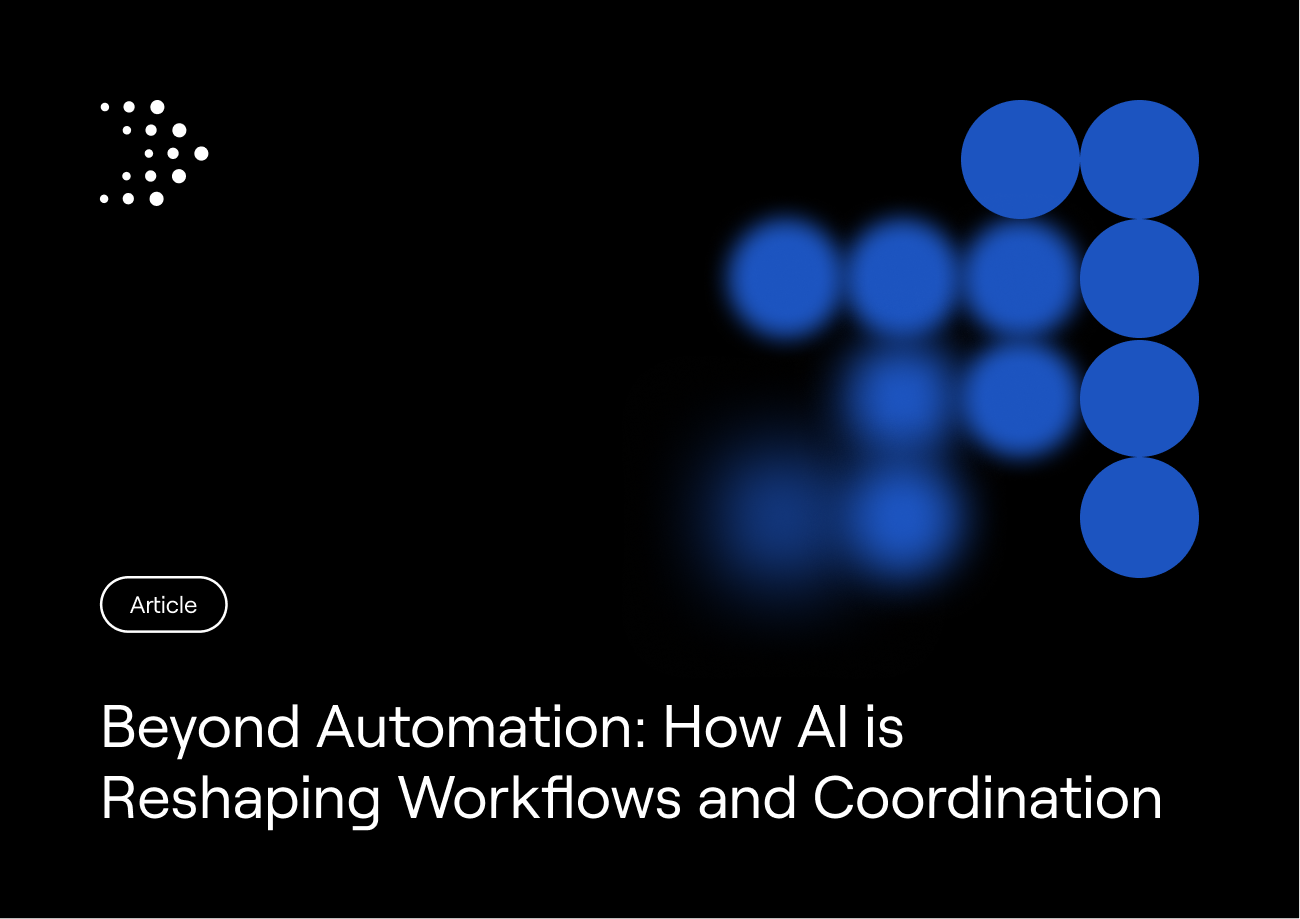Designing systems where governance comes from evidence, not hierarchy.
Designing systems where governance comes from evidence, not hierarchy.
•
August 21, 2025
•
Read time

When an AI system produces questionable results, organizations instinctively ask "Who approved this?" rather than "How was this determined?" This reflexive focus on hierarchy over evidence creates systemic vulnerabilities. Positional accountability assumes responsibility flows upward through chains of command, but in practice, it often stops at the first human checkpoint without examining the decision's actual merits.
The trap lies in conflating oversight with understanding. A manager may approve a machine learning model's deployment based on summary metrics without grasping its edge cases. An executive might sign off on an automated decision system while remaining unaware of its embedded biases. When problems emerge, the approval process provides false comfort. We assume someone, somewhere, must have vetted the system properly. But without transparent reasoning, approval becomes ceremonial rather than substantive.
This dynamic creates perverse incentives. Team members learn to seek cover in bureaucratic processes rather than substantive validation. They prioritize getting sign-offs over building provably sound systems. The result is what sociologist Diane Vaughan calls the "normalization of deviance": the gradual acceptance of flawed systems because they've passed through proper channels.
Automated systems compound these problems through proxy authority, the implicit trust we place in systems because they carry institutional endorsement. When a black-box vendor tool produces an output or a senior leader's preferred model generates predictions, we grant them undue credibility. This borrowed authority discourages critical examination, even when results seem questionable.
Consider a loan approval system trained on historical data. If it disproportionately rejects applicants from certain demographics, employees might hesitate to challenge its outputs because "the model knows best" or "compliance approved it." The system's perceived authority -derived from its institutional backing- overrides human judgment and empirical evidence.
Proxy authority becomes particularly dangerous in complex pipelines where responsibility diffuses across teams. Data engineers blame model architects, who point to product requirements, who cite executive mandates. At each handoff, accountability dissipates while the system's veneer of authority grows stronger. The longer these chains become, the harder it is to pinpoint where and why decisions went awry.
Building truly accountable systems requires designing traceability into workflows from inception. This goes beyond basic version control or change logs: it demands structural support for end-to-end reasoning transparency.
Effective traceability architectures share several key characteristics. First, they maintain immutable lineage records that connect every output to its originating inputs, transformations, and decision points. These aren't just technical metadata but include the business context and rationale for each processing step.
Also, they implement challenge mechanisms at critical junctures. Rather than treating approvals as rubber stamps, these systems require affirmative justification for key decisions. For high-impact outputs, they might mandate counterfactual analysis, demonstrating how different assumptions would change results.
Further, they expose uncertainty explicitly. Instead of presenting AI outputs as definitive, they quantify and qualify confidence levels. A credit scoring system might show the factors contributing most to that score and the statistical reliability of its prediction.
High-quality decision records serve as both documentation and diagnostic tools. They contain several vital components:
The evidentiary base captures all inputs, data sources, and preprocessing steps that fed into the decision. This includes not just what data was used, but what was excluded and why.
The transformation log details every algorithmic operation, feature engineering step, and business rule application. Crucially, it preserves the reasoning behind these choices - the tradeoffs considered and alternatives rejected.
The validation suite shows how the system was tested, including edge cases examined and failure modes analyzed. It documents not just whether the system met accuracy thresholds, but what kinds of errors it tends to make.
Together, these components create an auditable decision pathway that persists independently of organizational hierarchies. They shift accountability from individuals to evidence, making systems explainable even as teams evolve.
Making accountability systemic requires treating it as a first-class engineering requirement. This means:
Building verification checkpoints into development pipelines that prevent untraceable systems from progressing. Just as we mandate security reviews, we should require transparency validations.
Creating organizational structures that reward questioning. Teams need psychological safety to challenge outputs without fear of reprisal and processes that surface concerns constructively.
Developing tools that make transparency the path of least resistance. When adding documentation is easier than skipping it, when explaining decisions is simpler than obscuring them, accountability becomes default rather than exceptional.
Ultimately, accountable systems recognize that trust derives from verifiability. In an era of increasingly autonomous decision-making, we cannot rely on position to vouch for quality. We need proof built into the process, not as an afterthought, but as the foundation.
At Syntaxia, we engineer systems where every decision carries its justification. Because when outputs can stand on their own merits, organizations can stand behind them with confidence.

Why repairing data isn’t enough, and how organizations regain confidence after trust is broken.

How agent-to-agent collaboration will redefine team dynamics.

Why AI’s deepest impact is in reconfiguring roles, decision-making and coordination, well before it replaces jobs.